1. Chimpanzees: The Herbalists of the Jungle
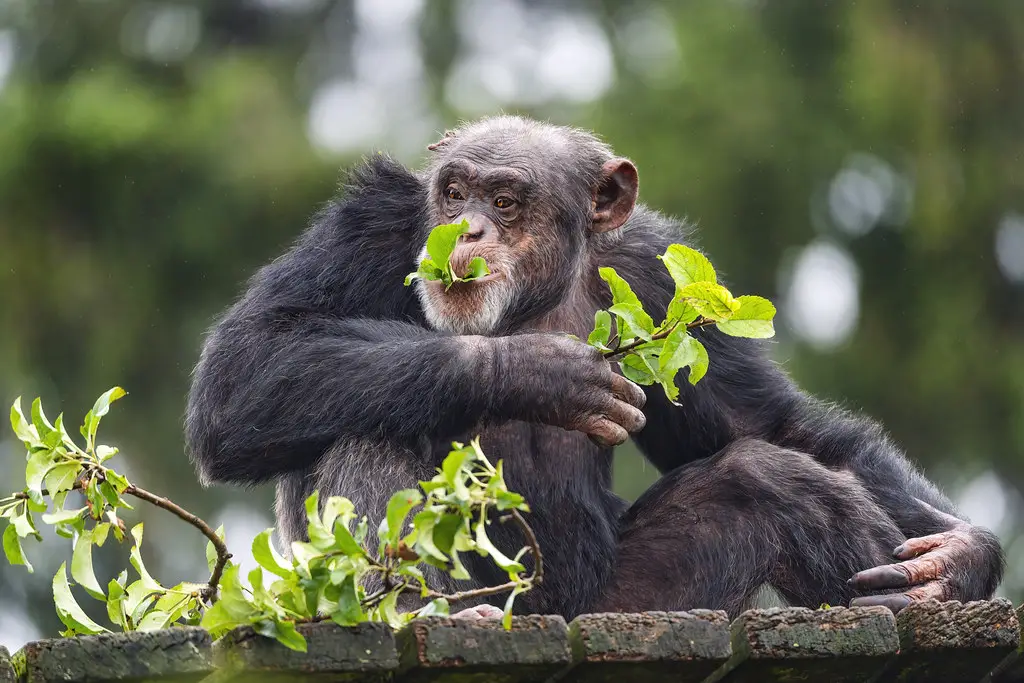
Chimpanzees have been observed chewing on bitter leaves from certain plants, such as Aspilia, to combat parasites. According to the Los Angeles Times, these leaves have a rough texture that acts as a natural scrub for their intestines, physically removing parasites and aiding digestion. Beyond their physical properties, some of these plants contain bioactive compounds with antiparasitic effects. Researchers have also noted that chimps seem to self-medicate more frequently during periods of high parasite load, suggesting a deliberate choice. They’ll often fold the leaves in specific ways to maximize their effectiveness before swallowing.
This behavior showcases their ability to identify and use medicinal plants in their environment. Interestingly, young chimps learn this behavior by observing older members of their group. This cultural transmission emphasizes the importance of social learning in their healthcare practices. Studying chimps’ use of herbal remedies provides valuable insights into the origins of traditional medicine in human societies.
2. Elephants: The Midwives of the Wild
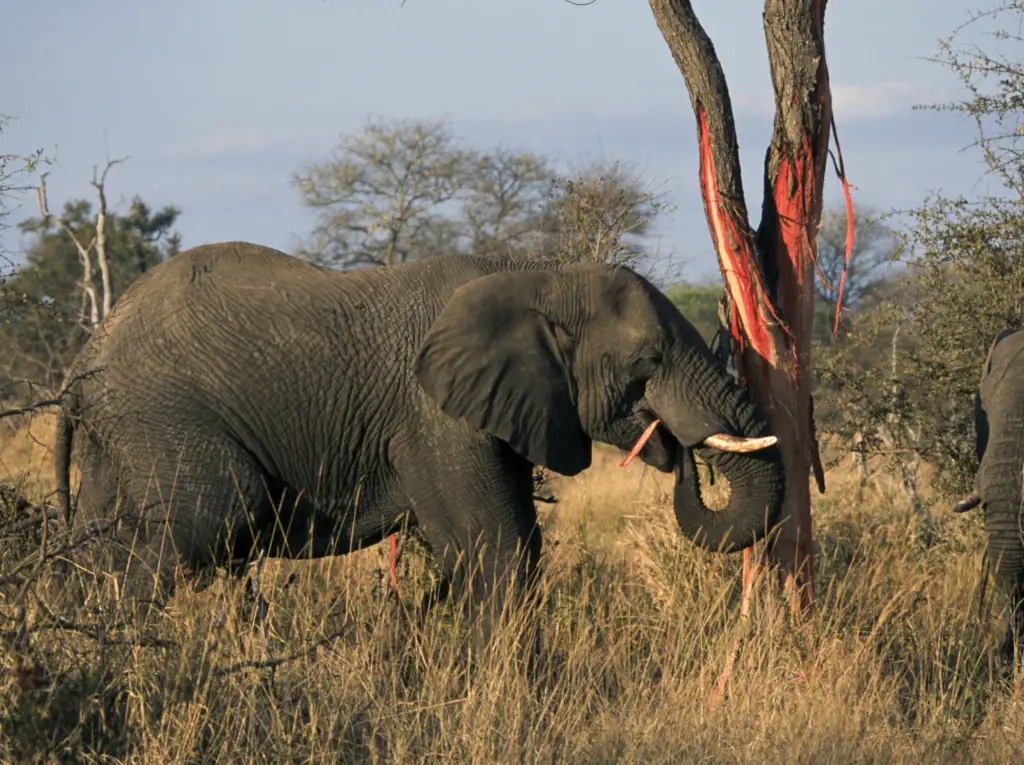
According to AskNature, pregnant elephants are known to consume specific types of tree bark or leaves believed to induce labor. This remarkable behavior highlights their understanding of natural remedies available in their habitat. For instance, researchers in Africa have observed elephants eating leaves from the Boraginaceae family during the final stages of pregnancy. These plants are thought to contain compounds that stimulate uterine contractions. By seeking out these plants, elephants not only prepare for childbirth but may also reduce risks associated with prolonged labor. This behavior suggests a deep-seated instinct or knowledge passed down through generations.
Elephants have a strong memory, which likely helps them remember where these medicinal plants grow. They’ll sometimes travel significant distances to find the right foliage. Observing this behavior in the wild underscores their intelligence and problem-solving abilities. It also reveals how interconnected their lives are with the ecosystems they inhabit. Scientists continue to study this phenomenon, hoping to uncover potential applications for human medicine.
3. Monarch Butterflies: Toxic Travelers
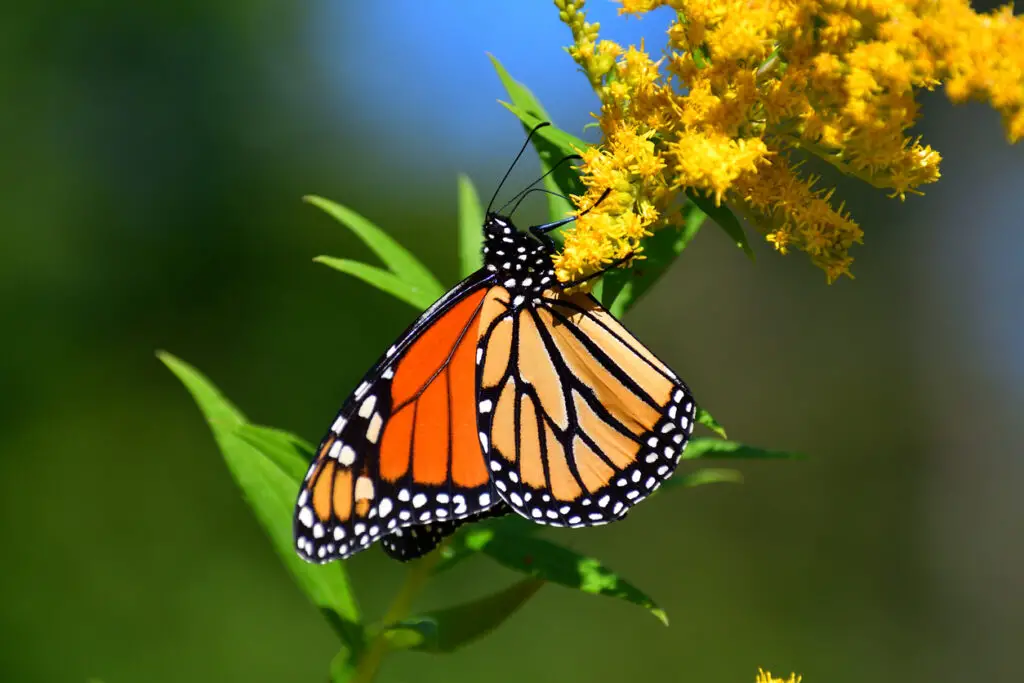
Monarch butterflies lay their eggs on milkweed plants, which are toxic to predators. Research has shown that adult monarchs deliberately seek out milkweed to combat parasites, passing its protective properties to their offspring. Milkweed contains cardenolides, which are toxic chemicals that make the butterflies unpalatable to predators. Interestingly, monarchs infected with a particular parasite, Ophryocystis elektroscirrha, have been observed laying their eggs on milkweed species with higher levels of cardenolides. This choice appears to reduce the parasite’s impact on the larvae.
As discussed in a study published in ScienceDaily, scientists call this behavior “medicinal egg-laying” and view it as an adaptive strategy for survival. Monarchs’ ability to identify these specific plants suggests a sophisticated level of ecological awareness. By protecting their young through this process, monarchs demonstrate a form of proactive healthcare. This behavior also highlights the critical role of milkweed in maintaining healthy monarch populations. Conservation efforts often focus on preserving milkweed habitats to support these incredible insects. Monarch butterflies remind us that even the smallest creatures have complex strategies for survival.
4. Honeybees: Antimicrobial Architects
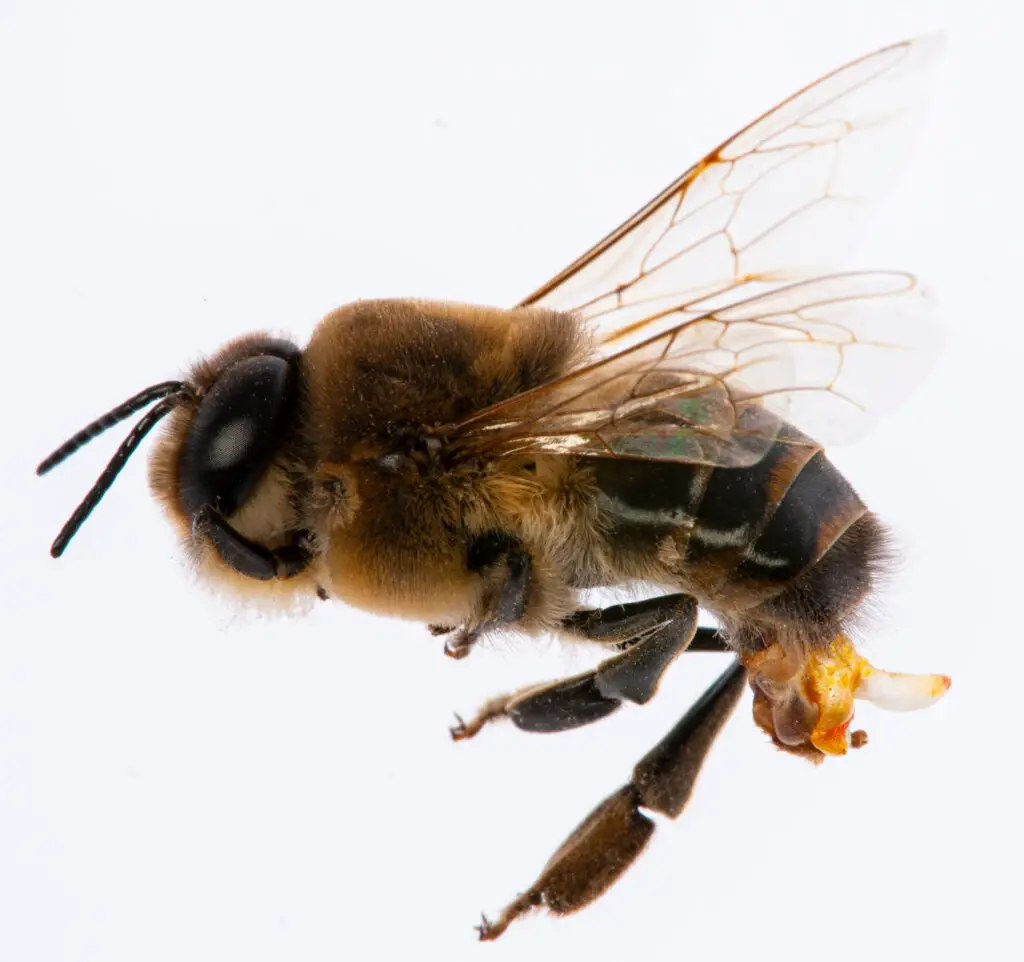
Honeybees use propolis, a resin-like substance collected from plants, to seal their hives. Propolis is rich in antimicrobial properties, protecting the colony from bacteria and fungi. Bees create propolis by mixing plant resins with beeswax and enzymes from their saliva. According to the UMN Bee Lab, this mixture not only fortifies the hive’s structure but also acts as a chemical barrier against pathogens. Studies have shown that hives with more propolis have lower levels of harmful microbes, creating a healthier environment for the colony. Honeybees actively collect resins from specific plants, suggesting they can recognize sources with the most potent properties.
They even use propolis to embalm intruders that are too large to remove from the hive, preventing decomposition from spreading disease. This behavior highlights the bees’ understanding of hygiene and community health. Propolis also benefits humans, as it’s harvested for its medicinal properties in treating wounds and infections. Honeybees’ use of propolis demonstrates their incredible resourcefulness and the importance of their relationship with their environment. Protecting bee habitats ensures the continuation of this fascinating behavior.
5. Parrots: Clay Eaters
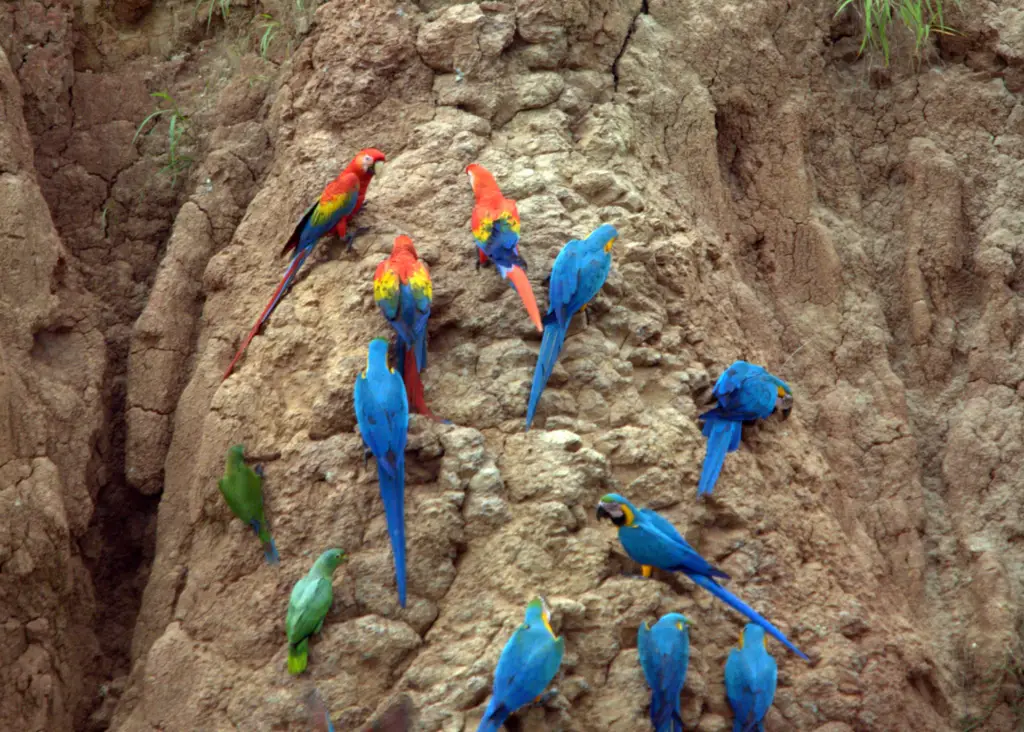
Parrots, particularly in the Amazon, consume clay to neutralize toxins in their diet. This behavior, called geophagy, helps them digest potentially harmful seeds and fruits. Many of the plants parrots eat contain alkaloids and other compounds that can be toxic in large quantities. According to NPR, clay acts as a natural detoxifier, binding to these substances and preventing them from being absorbed into the bloodstream. Researchers have observed parrots visiting specific clay licks, often traveling in large groups to access these sites.
The clay not only neutralizes toxins but also provides essential minerals like sodium. This dietary supplement supports the birds’ overall health and reproductive success. Parrots seem to instinctively know when and where to find the best clay, demonstrating an impressive level of ecological intelligence. By observing their flockmates, young parrots learn this life-saving behavior early on. This communal practice highlights the importance of shared knowledge in animal societies. Geophagy in parrots continues to intrigue scientists, offering insights into how animals adapt to challenging environments.
6. Wolves and Dogs: Grass Grazers
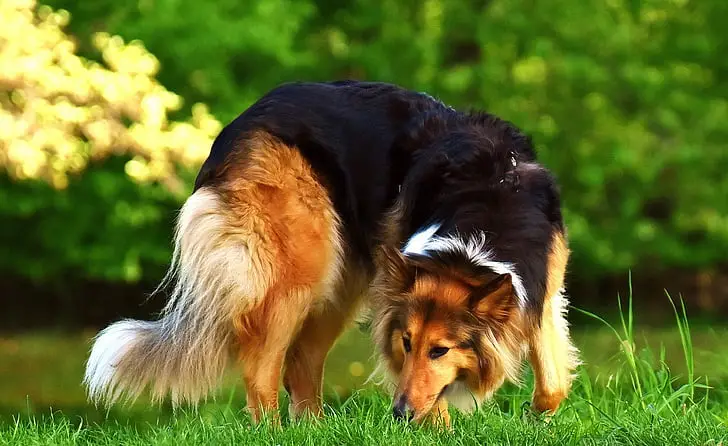
Wolves and domestic dogs are often seen eating grass to induce vomiting when they feel unwell. This self-medicating behavior helps them expel harmful substances from their digestive systems. Grass consumption is thought to trigger the gag reflex, clearing the stomach of toxins, parasites, or indigestible materials. Researchers have noted that not all grass-eating leads to vomiting, suggesting other potential benefits, such as aiding digestion or providing dietary fiber. Wild canids, including wolves, appear to seek out specific types of grass for this purpose, indicating they can differentiate between plant species.
Domestic dogs may have inherited this instinct from their wild ancestors. Grass-eating is particularly common after dogs consume something they shouldn’t, such as spoiled food or foreign objects. This behavior demonstrates their ability to address minor health issues without external intervention. While it might seem puzzling to pet owners, grass-eating is a natural and often beneficial behavior for dogs. Understanding this instinct helps us better care for our canine companions. Studies on grass consumption in wolves and dogs continue to reveal fascinating aspects of their biology.
7. Crows: Ant-Lovers
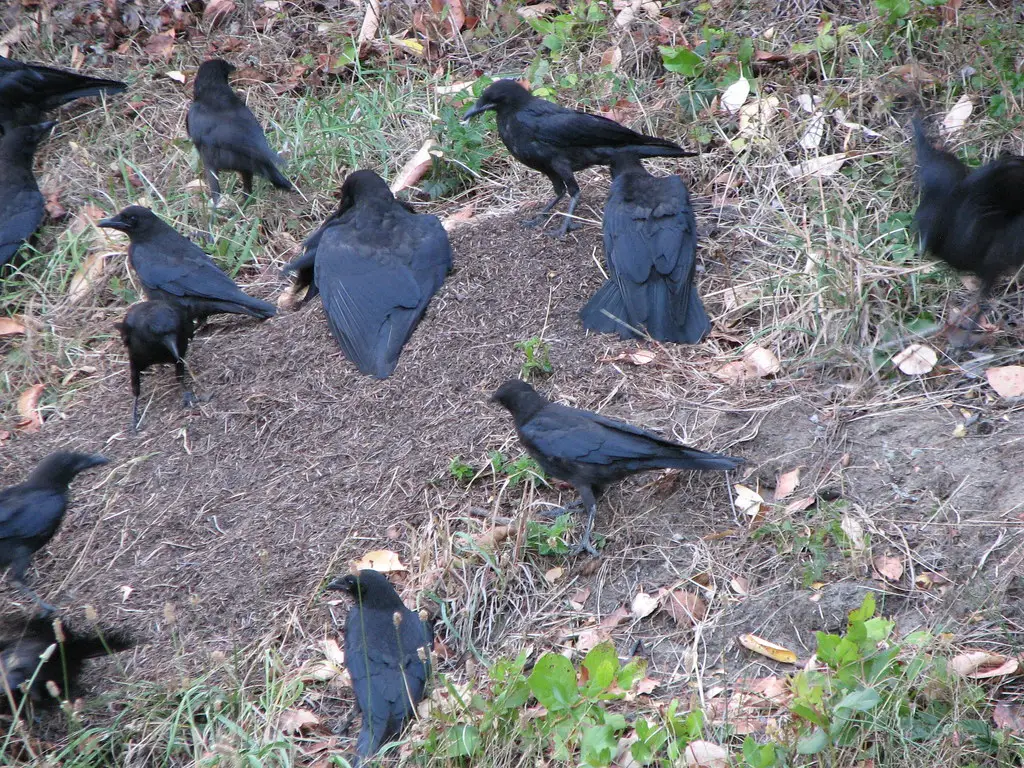
Crows have been observed rubbing ants on their feathers in a behavior known as “anting.” The formic acid released by ants acts as an insecticide and antifungal treatment for the birds’ plumage. Some crows allow ants to crawl over their feathers, while others crush the insects before applying them. This behavior isn’t limited to crows; it’s been observed in over 200 bird species. Scientists believe anting helps reduce the number of parasites, such as mites, living in the birds’ feathers.
It may also soothe irritated skin or serve as a preventative measure against fungal infections. Interestingly, crows appear to be selective about the types of ants they use, favoring species that produce more formic acid. This behavior reflects their intelligence and ability to experiment with natural resources. Anting is often a social activity, with young birds learning from older, more experienced individuals. This clever use of ants demonstrates the complex relationship between birds and their environment. Studying anting behaviors provides valuable insights into avian health and self-care strategies.
8. Orangutans: Balm Makers
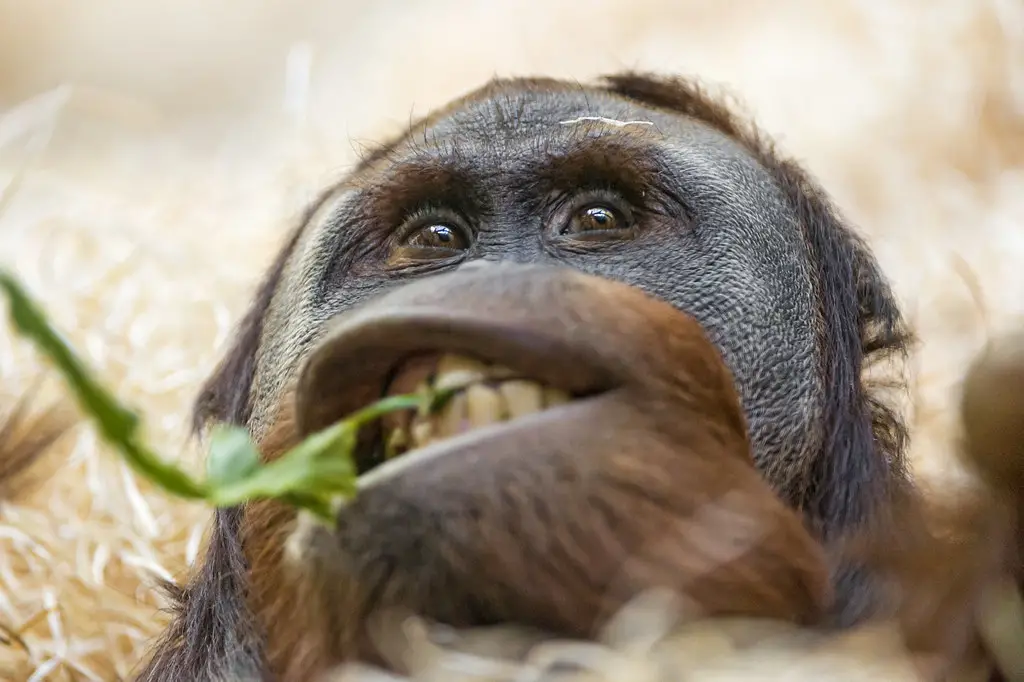
Orangutans in Borneo use leaves from the Dracaena plant to create a topical balm. They chew the leaves into a paste and apply it to sore joints or insect bites, showing an understanding of pain relief. This behavior highlights their ability to identify plants with medicinal properties in their habitat. Researchers have documented orangutans carefully selecting the right leaves, avoiding similar-looking but ineffective species. The paste they create contains compounds with anti-inflammatory and analgesic effects, providing relief from discomfort.
Orangutans appear to use this balm more frequently during periods of physical stress or after injuries. This practice demonstrates their problem-solving abilities and keen observation of their surroundings. Young orangutans learn this behavior by observing their mothers, ensuring the knowledge is passed down. The use of medicinal plants by orangutans sheds light on the evolutionary roots of self-medication. It also underscores the importance of preserving their habitats, which are rich in biodiversity. Protecting these environments ensures orangutans continue to thrive and exhibit such remarkable behaviors.
9. Dolphins: Coral Healers

Dolphins have been spotted rubbing their bodies against certain types of coral. Scientists believe these corals have antimicrobial properties that help dolphins treat skin infections. This behavior is often seen in shallow waters where the corals grow in abundance. Dolphins appear to be selective, choosing specific corals and sponges based on their texture and chemical composition. The antimicrobial compounds in these corals may reduce the risk of bacterial or fungal infections. By observing dolphin groups, researchers have noted that this behavior is more common in individuals with visible skin issues.
This suggests the dolphins are deliberately seeking treatment rather than engaging in random behavior. Coral rubbing also highlights the dolphins’ ability to recognize natural resources for their health benefits. These marine mammals are known for their intelligence and social learning, and coral healing behaviors may be shared within pods. Studying this practice can inform conservation efforts, particularly in protecting coral reefs. Dolphins’ use of coral showcases their adaptability and resourcefulness in maintaining their health.
10. Cats: Grooming as Medicine
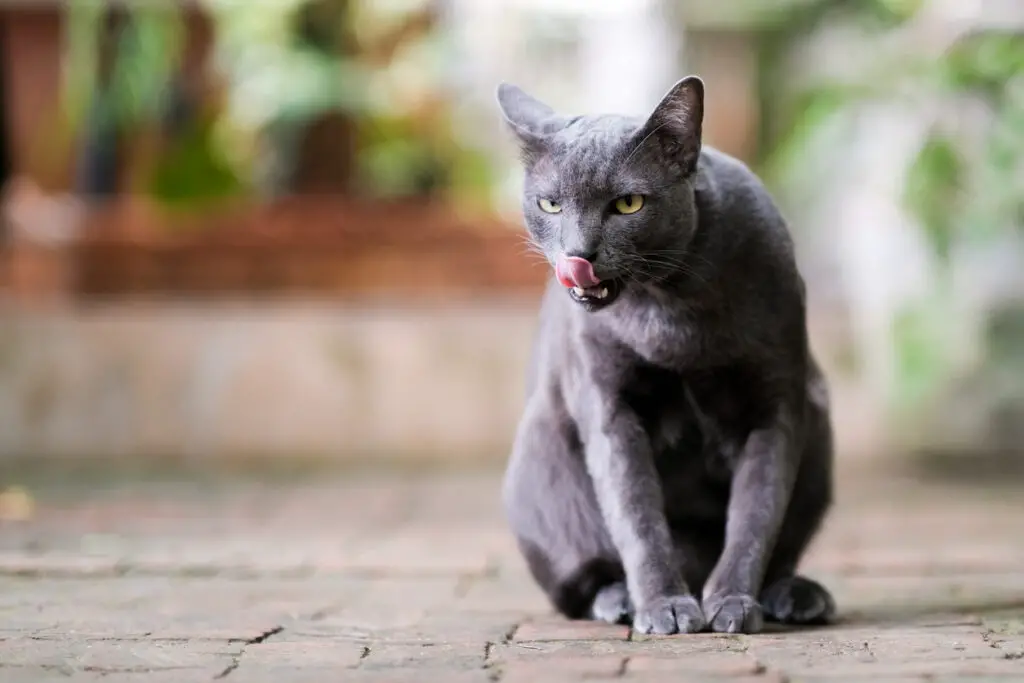
Cats lick their wounds not just for cleanliness but also to benefit from the healing properties of their saliva. Cat saliva contains enzymes that promote clotting and reduce infection risk. One such enzyme, lysozyme, helps break down bacterial cell walls, offering a natural defense against infection. Grooming also removes dirt and debris from wounds, creating a cleaner environment for healing. Cats instinctively focus on injured areas, demonstrating an awareness of their body’s needs. However, excessive licking can sometimes delay healing, highlighting the fine line between beneficial and harmful self-care.
In addition to wound care, cats groom themselves to reduce stress and maintain their coat’s health. This behavior also strengthens social bonds when cats groom each other. The multifunctional nature of grooming reflects cats’ complex biology and instincts. Understanding the healing properties of cat saliva has even inspired research into potential medical applications for humans. Cats’ grooming habits remind us of the intricate ways animals care for themselves.


